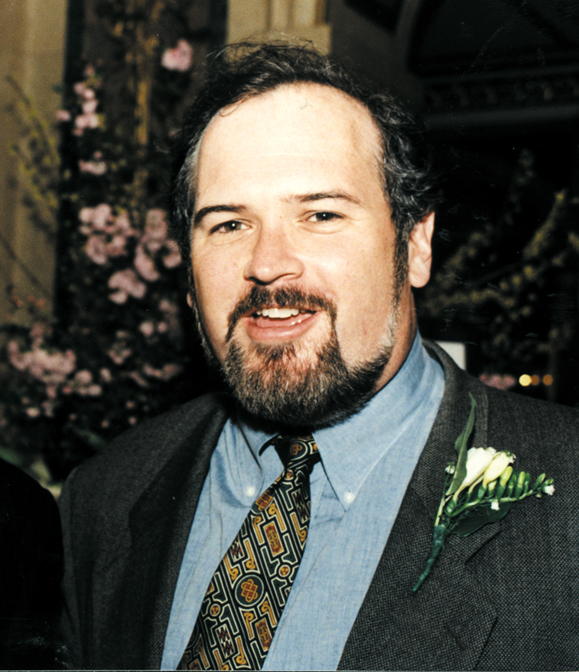By Irish America staff
A trio of New York journalists Jimmy Breslin, Pete Hamill and Jim Dwyer, profoundly changed the way newspaper columns are written. Where once columns were either think pieces or puffery of the rich and powerful, Breslin, Hamill and Dwyer pioneered a “man on the street on the side of the little guy” style that transformed modern journalism.
To New Yorkers the fact that Jim Dwyer was responsible for the first bus and subway fare reduction is reason enough for his inclusion as one of the top Irish Americans of the century. In October 1977, his front page disclosure of a multi-million dollar surplus – initially denied by the government – forced state officials to roll back the fares.
To the rest of the world, he was simply one of the best journalists of the century, and his two Pulitzers prove it. He won the prize in 1995 for commentary and shared the prize in 1992 for Metropolitan reporting. And the fair reductions are not the only way his writing has directly benefited the lives of Americans. He set off a national media stampede with columns exposing Sweatshop conditions in a 38th St. garment factory where the Kathy Lee Gifford clothing line was manufactured. The ensuing uproar led to new legislation to protect the working poor.
To Irish Americans, he was even more. He was the source of factual compelling reporting on the state of Northern Ireland. In 1997, he traveled to Northern Ireland and broke the word that a new IRA ceasefire was likely to be declared, while the rest of the international media was predicting Civil War. His commitment to balanced reporting led him were few American journalist had gone before – he once turned up at a street beer-bash in a Loyalist neighborhood in Belfast. The residents were astonished – they have never met an American journalist before.
In 1997, he presented a moving yet clear-eyed account of the life and death of Bernadette Martin, and 18-year-old Catholic who was murdered in her sleep for loving a Protestant.
Dwyer joined the Daily News in 1995. Before that he worked for more than 11 years at New York Newsday as an investigative reporter, courthouse reporter, subway columnist and general columnist. With Newsday colleagues he wrote, Two Seconds Under the World, an account of the 1993 World Trade Center, and while also at Newsday, he wrote Subway Lives, a book chronicling 24 hours in the life of the New York subway.
He reported from, England, Ireland, Israel, Italy, Spain and Sweden, and following 9/11, he was an embedded journalist traveling with U.S. forces engaged in fighting in Iraq. By then Dwyer was reporting for the New York Times.
The Times hired him in May 2001, four months before the terrorist attacks at the World Trade Center in Lower Manhattan. Dwyer’s reports included the last moments of those who perished in the collapse of the Twin Towers. In 2005, Dwyer and a Times colleague, Kevin Flynn, published 102 Minutes: The Untold Story of the Fight to Survive Inside the Twin Towers.” More recently, Dwyer wrote about racial profiling, and the devastation caused by the coronavirus crisis, and the dedication of healthcare workers.
In his last Times column on May 26, he wrote: “In times to come, when we are all gone, people not yet born will walk in the sunshine of their own days because of what women and men did at this hour to feed the sick, to heal and comfort.”
A first generation Irish-American – his mother and father were from counties Galway and Kerry respectively – Dwyer attended Fordham College and Columbia University. He is survived by his wife Cathy, their two daughters, Maura and Catherine, and his brothers, Patrick, Phil and John.
Jim passed away on Thursday, October 8. The cause was lung cancer.
In 1999, he was included as one of the Greatest Irish Americans of the 20th Century in a special edition of Irish America magazine that was later published in book form.

Note: The above profile relied heavily on Jim’s profile in Irish America’s “Greatest Irish Americans of the 20th Century” (written by Irish America staffers and edited by Patricia Harty) and Robert D. McFadden’s wonderfully written obituary in the New York Times.
Read Jim Dwyer’s story about John Steinbeck, The Voice of the Dispossessed.
Read more about Jim Dwyer.


Leave a Reply